Description
In India, we can sell this Manimulla/ Porana Paniculata/ Christmas Jasmine (single plant)
via online delivery systems to any states including Andhra Pradesh, Arunachal Pradesh, Assam, Bihar, Chhattisgarh, Goa, Gujarat, Haryana, Himachal Pradesh, Jammu & Kashmir, Jharkhand, Karnataka, Kerala, Madhya Pradesh, Maharashtra, Manipur, Meghalaya, Mizoram, Nagaland, Odisha (Orissa), Punjab, Rajasthan, Sikkim, Tamil Nadu, Telangana, Tripura, Uttar Pradesh, Uttarakhand, and West Bengal
Manimulla or Porana paniculata, also commonly known as Christmas Jasmine, is a flowering plant in the Convolvulaceae (morning glory) family. Here’s a quick profile:
Botanical Information:
- Scientific Name: Porana paniculata
- Family: Convolvulaceae
- Common Names: Manimulla, Christmas Jasmine, Bridal Creeper
- Native Range: This plant is native to parts of South and Southeast Asia, where it thrives in tropical and subtropical regions.
Appearance:
- Flowers: Porana paniculata blooms with clusters of small, fragrant, white flowers. The flowers resemble jasmine and are often used for decoration and in perfumes.
- Leaves: Heart-shaped leaves that are soft and green, adding to the delicate look of the plant.
- Growth Habit: It’s a climbing vine and can grow rapidly, covering trellises, fences, or walls when supported.
Flowering Season:
This plant is called “Christmas Jasmine” because it typically flowers around December in certain regions, adding to its popularity during festive seasons.
Uses and Cultivation:
- Ornamental: Often used for ornamental purposes due to its delicate flowers and sweet fragrance.
- Medicinal: In traditional medicine, different parts of Porana paniculata are sometimes used for their medicinal properties.
- Cultivation: Thrives in full sunlight to partial shade with well-drained soil. It requires moderate watering and is generally low-maintenance once established.
Caring for Manimulla (Porana paniculata or Christmas Jasmine) is relatively straightforward, as it is a hardy, low-maintenance plant. Here are the key aspects of care:
1. Sunlight
- Requirement: Full sun to partial shade.
- Optimal Growth: Ideally, place it in an area where it receives at least 4-6 hours of sunlight daily, which helps it bloom more profusely.
2. Watering
- Frequency: Water regularly, but avoid over-watering. The soil should remain consistently moist but not soggy.
- During Droughts: Increase watering frequency if the climate is particularly dry or hot.
- Winter Care: Reduce watering in the winter months when the plant’s growth may slow down.
3. Soil
- Type: Well-draining, fertile soil is best.
- pH: A slightly acidic to neutral pH (around 6.0–7.0) is ideal.
- Amendments: Adding compost or organic matter improves soil fertility and drainage, encouraging healthy growth.
4. Fertilizing
- Frequency: Fertilize once every 2–3 months during the growing season (spring and summer).
- Type: A balanced, all-purpose fertilizer or one with a slightly higher phosphorus content can help promote flowering.
- Method: Apply the fertilizer around the root zone and water it in well.
5. Pruning and Training
- When to Prune: After the blooming season or early spring, prune back any overgrown or unruly branches to maintain shape and encourage new growth.
- How to Train: Since it’s a climber, provide a trellis or support for it to grow on. Regularly guide young shoots onto the support structure.
6. Pest and Disease Management
- Common Pests: Look out for aphids, spider mites, or whiteflies, which can occasionally infest this plant. Neem oil or insecticidal soap can help control these naturally.
- Diseases: Root rot can occur if the plant is overwatered or if the soil doesn’t drain well.
7. Temperature and Humidity
- Ideal Temperature: Thrives in tropical and subtropical climates. Protect it from frost or prolonged cold spells if grown in cooler regions.
- Humidity: It tolerates average humidity levels but appreciates slightly higher humidity, especially in drier climates.
8. Propagation
- Method: Propagation is usually done through stem cuttings.
- Time: Early spring is the best time to take cuttings. Simply place the cuttings in a moist rooting medium until they establish roots.
Only logged in customers who have purchased this product may leave a review.

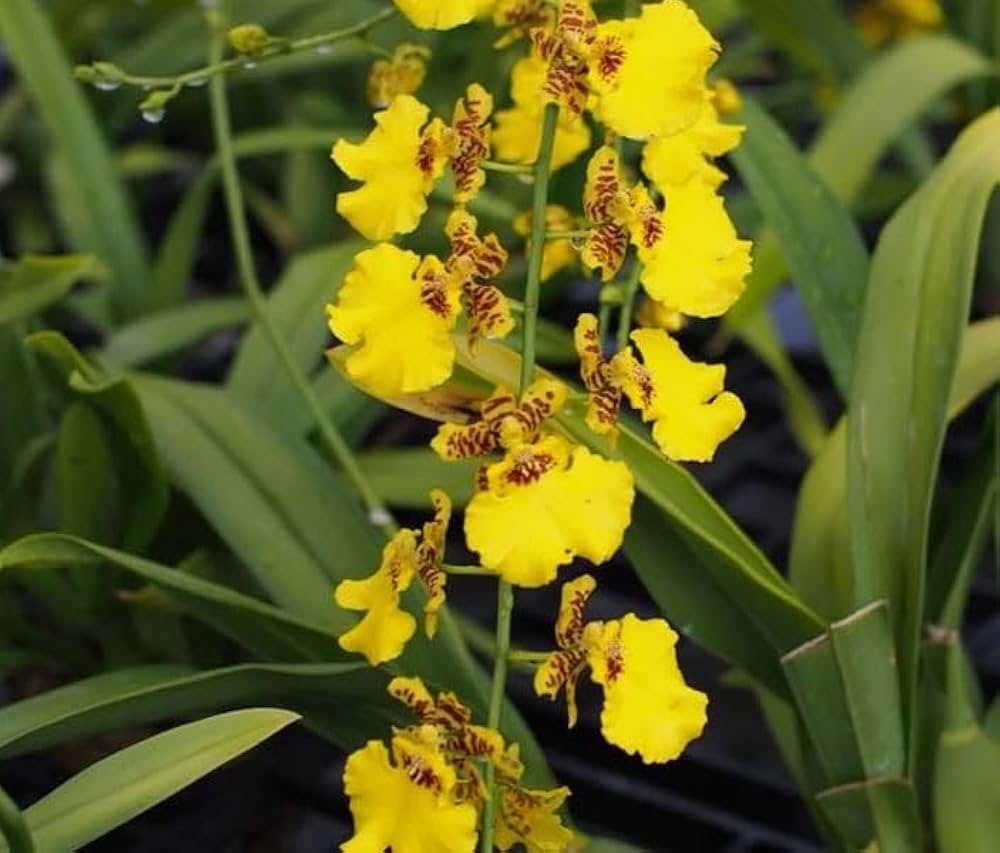

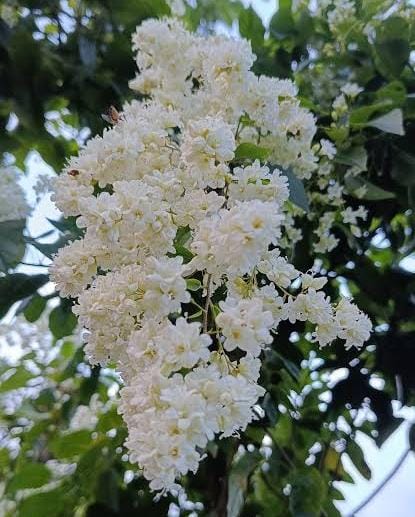

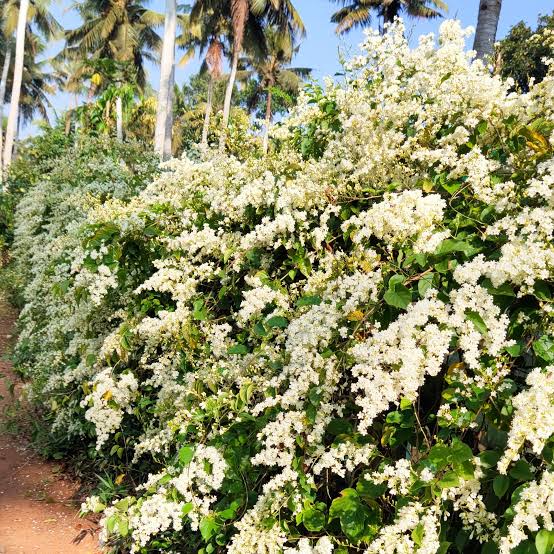
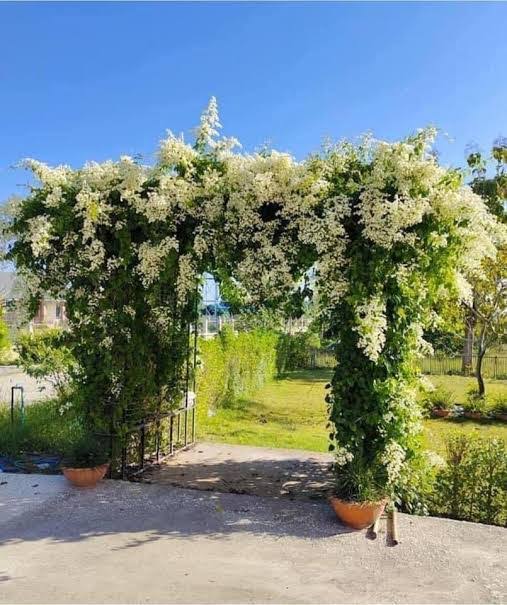

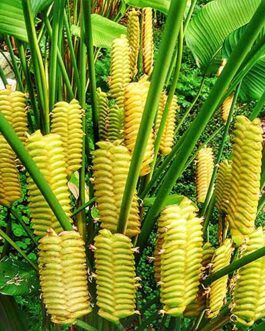
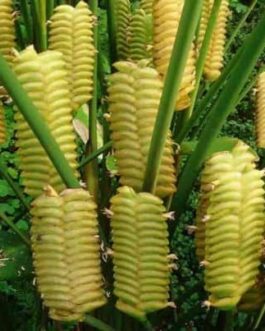
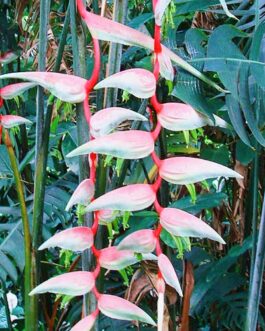
Reviews
There are no reviews yet.